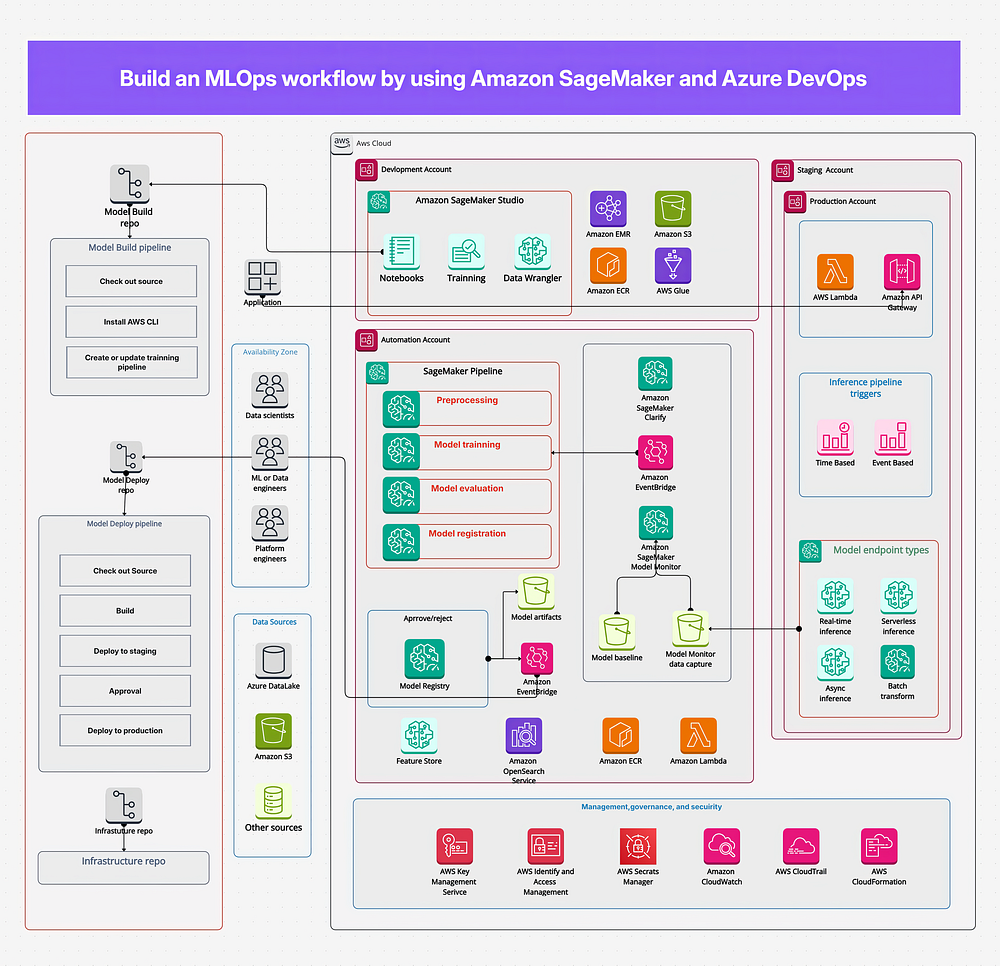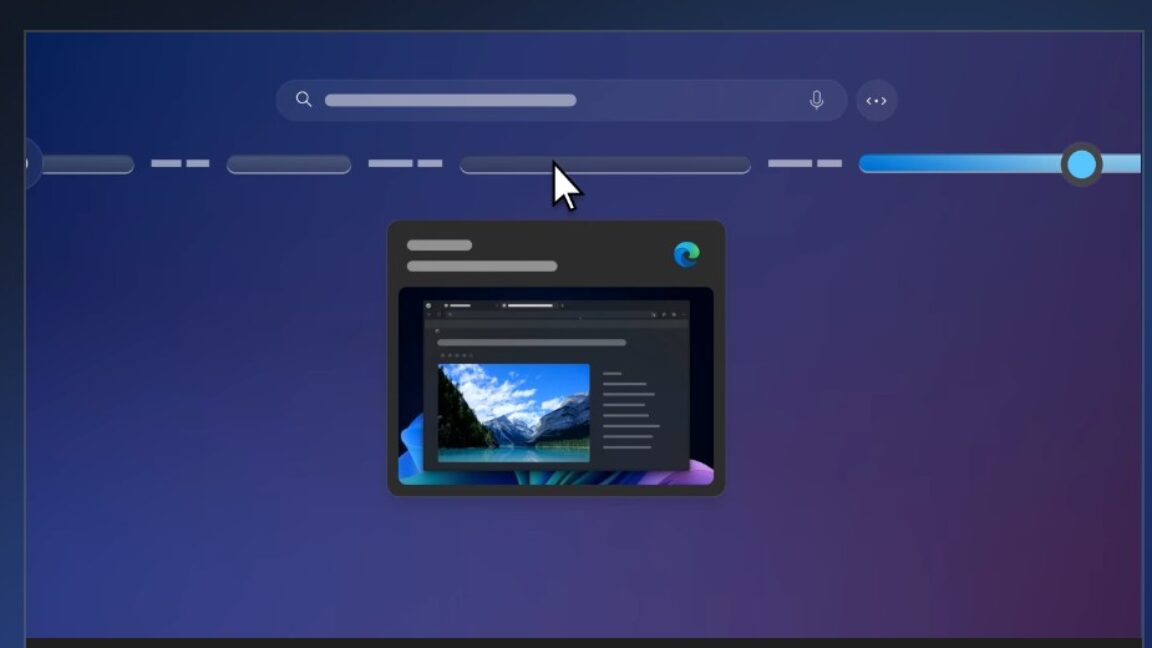Introduction to AI Assistants
From Clippy to ChatGPT, the quest to solve AI’s hardest problem has been a thirty-year journey. In 1995, Gartner published its first "Hype Cycle" report, which visually represents how technologies evolve from innovation to widespread adoption. Right at the top of this inaugural curve, at the "Peak of Inflated Expectations," sat "Intelligent Agents." Three decades later, we’re still riding this rollercoaster of anticipation and disappointment with AI assistants.
The Hype Cycle of AI Assistants
Imagine the journey as a dramatic mountain trek: enthusiastic climbers rush up the slopes of hype, tumble down into the "Trough of Disillusionment," then gradually ascend the "Slope of Enlightenment" toward the "Plateau of Productivity." This is precisely the path AI assistants have followed multiple times. Few developments have experienced as many ups and downs as artificial intelligence assistants. From the much-maligned Clippy to the sophisticated ChatGPT, we’ve witnessed these digital helpers ride waves of hype only to crash against the shores of reality.
The Evolution of AI Assistants
Yet with each cycle, they’ve grown more capable, inching ever closer to the science fiction dream of a truly intelligent digital companion. Let’s unpack this fascinating evolution and understand why contextual reasoning remains the final frontier for AI. Cast your mind back to 1997. Microsoft Office users were suddenly introduced to an animated paperclip named Clippy, which was meant to be a helpful assistant but ended up being more annoying than useful.
The Journey to Sophistication
Fast forward to today, and we have AI assistants like ChatGPT, which can understand and respond to complex queries, generate human-like text, and even engage in conversations. The journey from Clippy to ChatGPT has been long and winding, with many failures and setbacks along the way. However, with each iteration, AI assistants have become more sophisticated, and their abilities have expanded exponentially.
Understanding the Challenges
Despite the progress made, AI assistants still face significant challenges, particularly when it comes to contextual reasoning. Contextual reasoning refers to the ability of an AI system to understand the context of a conversation or situation and respond accordingly. This is a difficult task, as it requires the AI system to have a deep understanding of human language, behavior, and culture.
Conclusion
In conclusion, the journey of AI assistants from Clippy to ChatGPT has been a long and challenging one. Despite the many ups and downs, AI assistants have become increasingly sophisticated, and their abilities have expanded exponentially. However, there is still much work to be done, particularly in the area of contextual reasoning. As AI technology continues to evolve, we can expect to see even more advanced AI assistants that can understand and respond to our needs in a more human-like way.
FAQs
Q: What is the "Hype Cycle" report?
A: The "Hype Cycle" report is a visual representation of how technologies evolve from innovation to widespread adoption.
Q: What is contextual reasoning in AI?
A: Contextual reasoning refers to the ability of an AI system to understand the context of a conversation or situation and respond accordingly.
Q: What is the difference between Clippy and ChatGPT?
A: Clippy was a basic AI assistant introduced in 1997, while ChatGPT is a sophisticated AI assistant that can understand and respond to complex queries, generate human-like text, and engage in conversations.
Q: What is the future of AI assistants?
A: As AI technology continues to evolve, we can expect to see even more advanced AI assistants that can understand and respond to our needs in a more human-like way.











